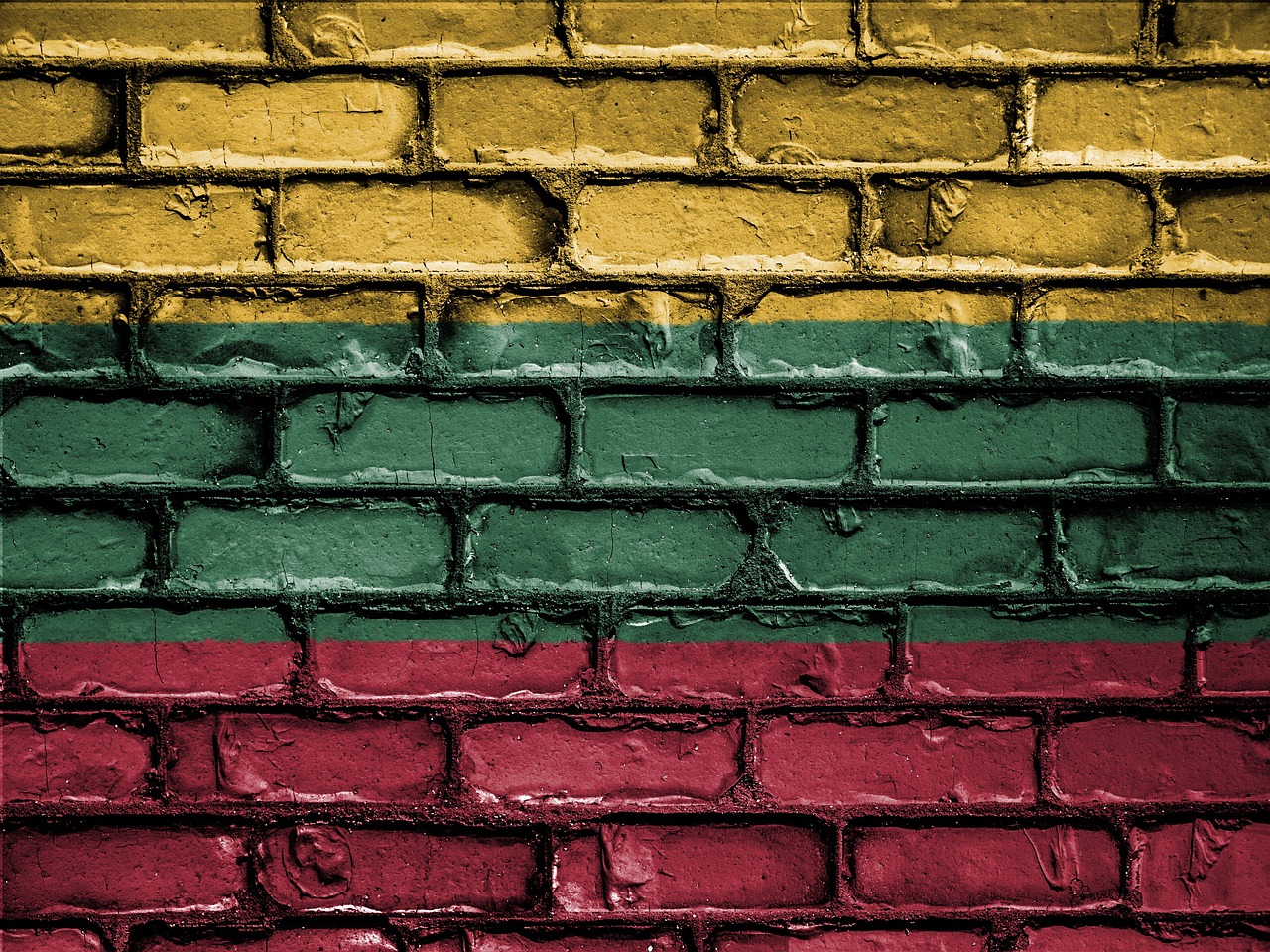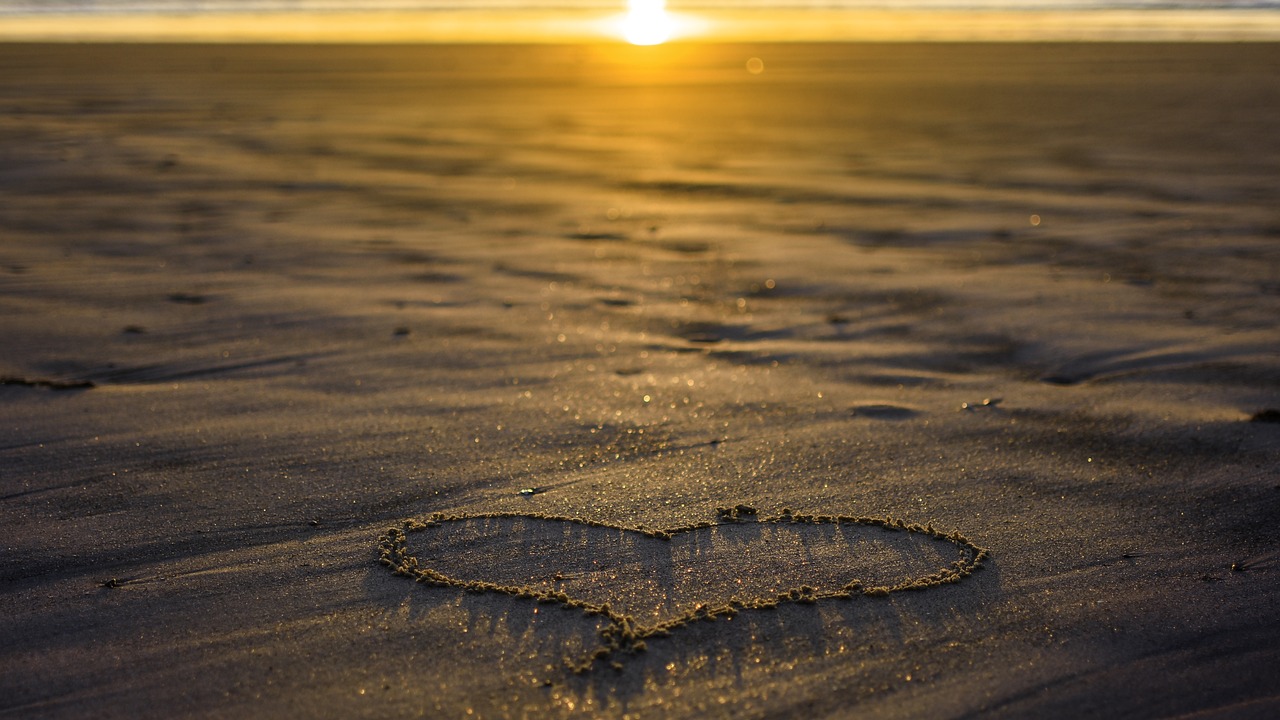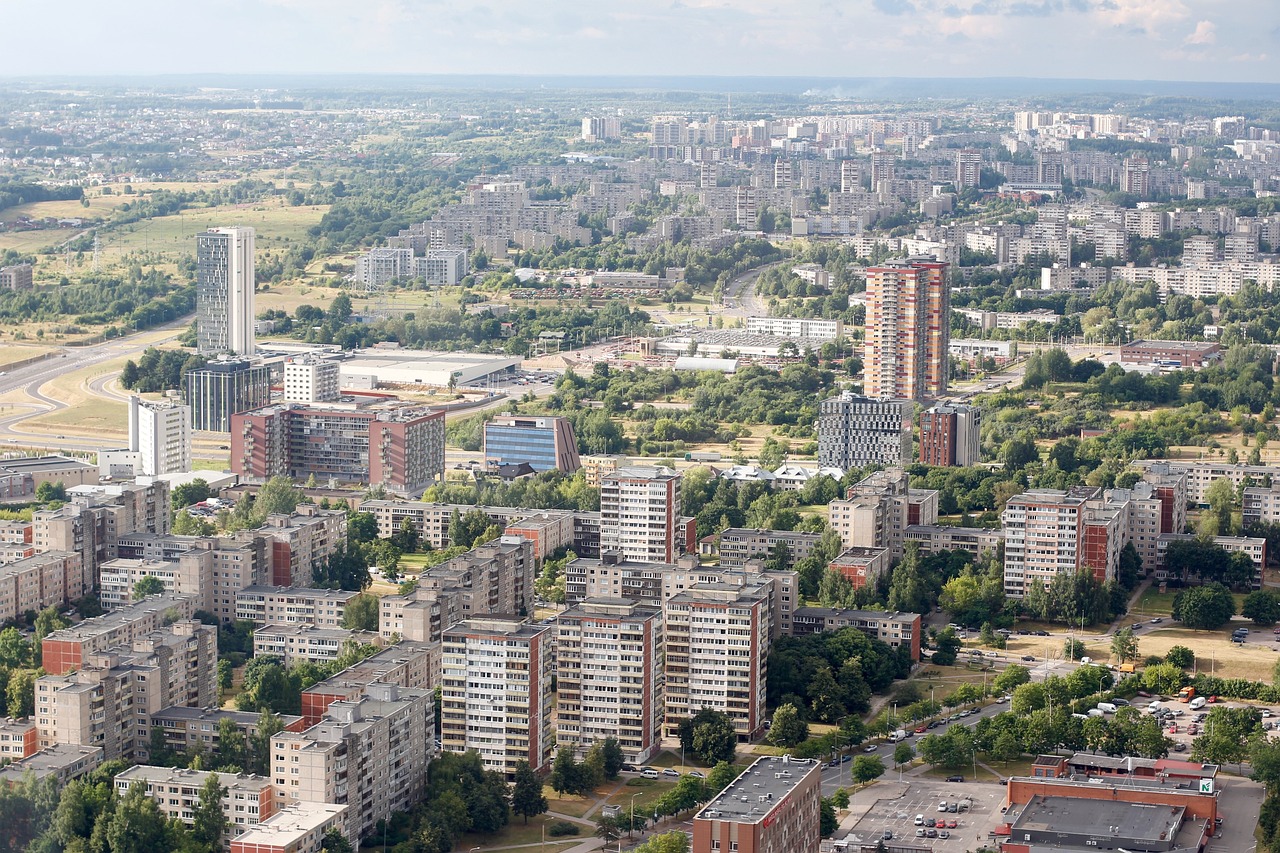Lithuania Video
Local Celebrations and Holidays: What to Expect in Lithuania
Lithuania, located in the Baltic region of Europe, is a country rich in cultural traditions and vibrant celebrations. From ancient pagan rituals to modern national holidays, Lithuania offers a diverse array of festivities throughout the year. This article will guide you through the various local celebrations and holidays in Lithuania, providing insights into their significance, customs, and what you can expect when participating in these events.
Easter
Easter, known as “Velykos” in Lithuanian, is one of the most important religious holidays in Lithuania. It is celebrated with great enthusiasm and is deeply rooted in Christian traditions. The Easter season begins with Palm Sunday, followed by Holy Thursday, Good Friday, and Easter Sunday. During this time, you can witness various rituals such as the blessing of Easter palms, the Stations of the Cross, and the Easter Vigil Mass. Families gather for festive meals and exchange beautifully decorated Easter eggs, symbolizing new life and rebirth.
- Easter Palms: Lithuanians create intricate palm bouquets made from dried flowers and twigs. These palms are blessed at church and carried in processions.
- Easter Eggs: Decorated eggs hold a special place in Lithuanian Easter traditions. They are intricately painted with vibrant colors and intricate designs.
- Traditional Easter Foods: Lithuanians prepare a variety of traditional dishes for Easter, including cold beet soup (šaltibarščiai), bacon-filled dumplings (cepelinai), and Easter bread (margučiai).
Midsummer’s Eve
Midsummer’s Eve, known as “Joninės” or “Rasos” in Lithuania, is a celebration of the summer solstice. It takes place on the night of June 23rd, marking the shortest night of the year. This ancient pagan festival is filled with bonfires, singing, dancing, and various rituals. People gather in the countryside, near lakes, rivers, or hillforts, to celebrate the arrival of summer and honor nature.
- Bonfires: Bonfires play a central role in Midsummer’s Eve celebrations. People jump over the flames to cleanse themselves and bring good luck.
- Herbal Wreaths: Women and girls weave wreaths made of flowers and herbs, which they wear on their heads. These wreaths are believed to bring beauty and protection.
- Singing and Dancing: Folk songs and dances are performed throughout the night, creating a lively and joyous atmosphere.
Independence Day
Independence Day, known as “Lietuvos Nepriklausomybės diena,” is celebrated on February 16th to commemorate Lithuania’s declaration of independence from the Russian Empire in 1918. This national holiday is marked by various events, including flag-raising ceremonies, parades, concerts, and fireworks.
- Flag-Raising Ceremonies: Across the country, flag-raising ceremonies take place to honor the national flag and symbolize the country’s independence.
- Parades: Colorful parades featuring marching bands, cultural performances, and historical reenactments are held in major cities, showcasing Lithuania’s rich heritage.
- Concerts and Fireworks: Many public concerts are organized, featuring both traditional and contemporary music. The day concludes with magnificent firework displays.
Kūčios
Kūčios is a traditional Christmas Eve celebration in Lithuania, held on December 24th. It is a time for families to come together, share a festive meal, and honor their ancestors. The evening is filled with rituals and customs that have been passed down through generations.
- 12-Dish Supper: Families prepare a 12-dish supper, representing the 12 apostles. The meal typically includes fish, herring, sauerkraut, mushrooms, and various pastries.
- Hay Under the Tablecloth: A bundle of hay is placed under the tablecloth to symbolize the manger where Jesus was born.
- Sharing of Oplatki: Oplatki, thin wafers embossed with religious symbols, are shared among family members as a sign of unity and forgiveness.
Užgavėnės
Užgavėnės, also known as Shrovetide or Mardi Gras, is a traditional Lithuanian festival celebrated in late winter. It is a time to bid farewell to winter and welcome the arrival of spring. Užgavėnės is characterized by colorful masks, playful pranks, and delicious traditional foods.
- Masked Processions: People dress up in elaborate masks and costumes, representing various characters from folklore. They parade through the streets, singing and dancing.
- Effigy Burning: An effigy, known as “Morė,” symbolizing winter, is burned to drive away evil spirits and bring good fortune for the coming year.
- Pancake Eating: Pancakes, known as “blynai,” are a staple food during Užgavėnės. They are enjoyed with various fillings, including cheese, jam, and mushrooms.
Images:
Lithuania Image 1:

Lithuania Image 2:

Lithuania Image 3:

References:
– Lithuanian State Department of Tourism: lithuania.travel
– Vilnius Tourism: vilnius-tourism.lt
– Lithuanian Folk Culture Centre: lfkcentras.lt
– Lithuanian National Philharmonic Society: filharmonija.lt
– Lithuanian Institute of Culture: likt.lt


